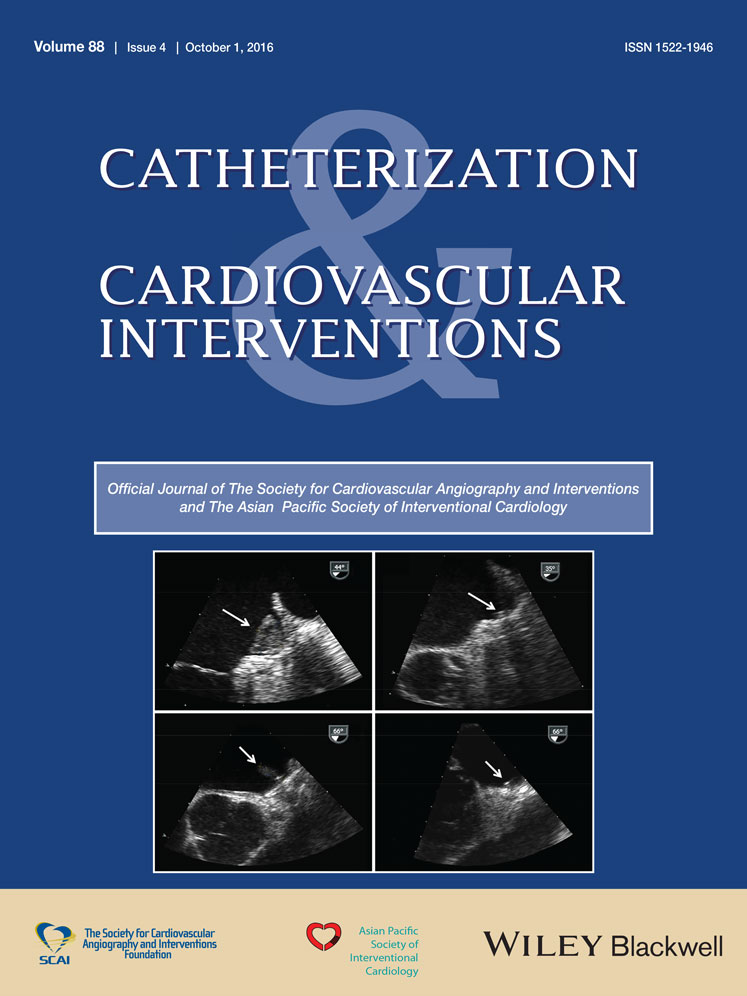Complete Versus Culprit-Only Revascularization for Patients With Multi-Vessel Disease Undergoing Primary Percutaneous Coronary Intervention: An Updated Meta-Analysis of Randomized Trials
Conflict of interest: Nothing to report.
Abstract
Objectives
To perform an updated meta-analysis to determine whether complete revascularization of significant coronary lesions at the time of primary percutaneous coronary intervention (PCI) would be associated with better outcomes compared with culprit-only revascularization.
Background
Individual trials have demonstrated conflicting evidence regarding the optimum revascularization strategy at the time of primary PCI.
Methods
Clinical trials that randomized ST elevation myocardial infarction (STEMI) patients with multi-vessel disease to a complete versus culprit-only revascularization strategy were included. Random effects summary risk ratios (RR) were constructed using a DerSimonian–Laird model. The primary outcome of interest was mortality or myocardial infarction (MI).
Results
A total of seven trials with 1,939 patients were included in the analysis. Compared with culprit-only revascularization, complete revascularization was associated with a non-significant reduction in the risk of mortality or MI (RR 0.69, 95% confidence interval (CI) 0.42–1.12, P = 0.14). Complete revascularization was associated with a reduced risk of major adverse cardiac events (MACE) (RR 0.61, 95% CI 0.45–0.81, P < 0.001), due to a significant reduction in urgent revascularization (RR 0.46, 95% CI 0.29–0.70, P < 0.001). The risk of major bleeding and contrast-induced nephropathy was similar with both approaches (RR 0.83, 95% CI 0.41–1.71, P = 0.62, and RR 0.94, 95% CI 0.42–2.12, P = 0.82).
Conclusions
Complete revascularization of all significant coronary lesions at the time of primary PCI was associated with a reduction in the risk of MACE due to reduction in the risk of urgent revascularization. This approach appears to be safe, with no excess major bleeding, or contrast-induced nephropathy. © 2015 Wiley Periodicals, Inc.




